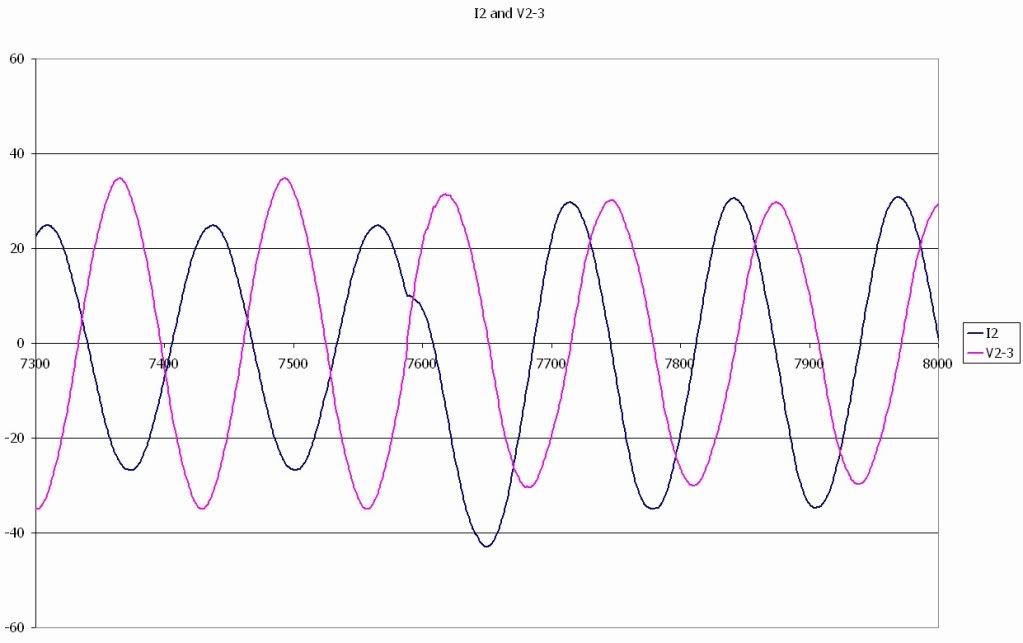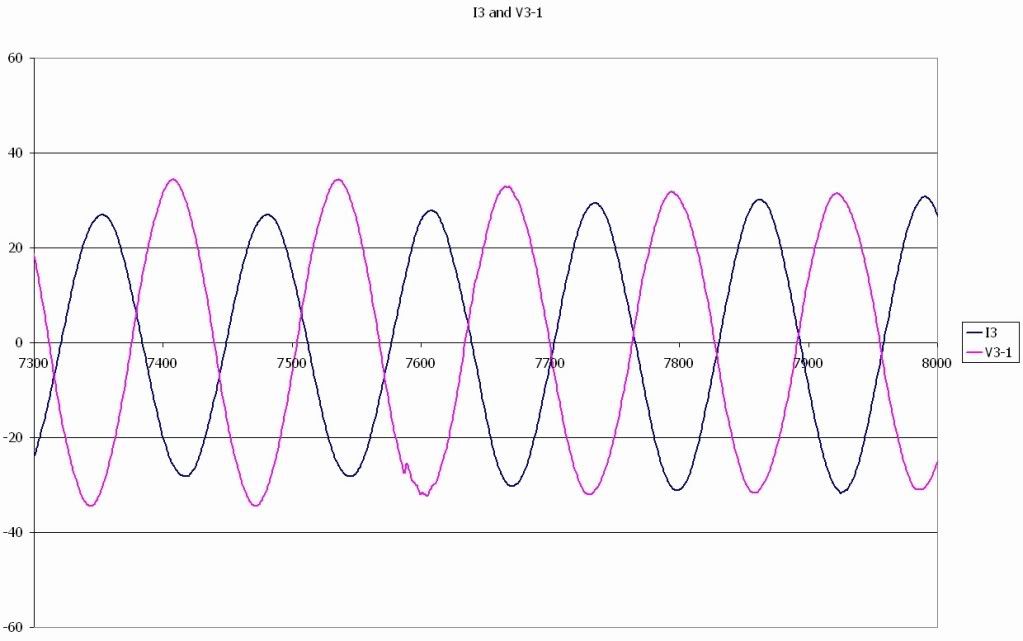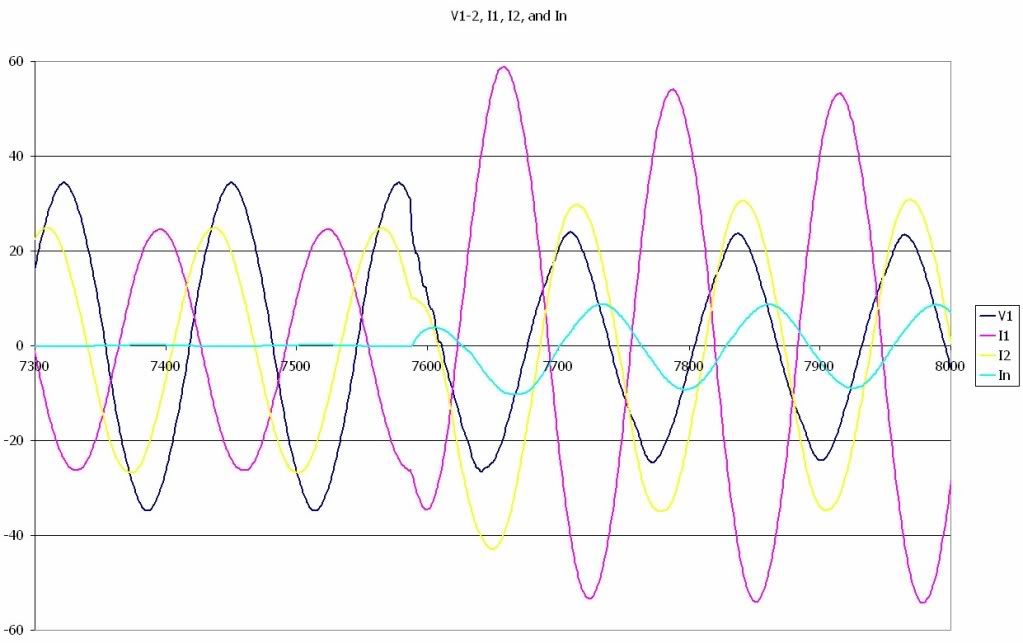beanland
Senior Member
- Location
- Vancouver, WA
Fault?
Fault?
What I see is a fault. Current is going along fine, current rises due to fault or sudden load, circuit breaker trips, current drops, slight arcing during contact opening, current gone once arc is cleared.
Fault?
What I see is a fault. Current is going along fine, current rises due to fault or sudden load, circuit breaker trips, current drops, slight arcing during contact opening, current gone once arc is cleared.





